A5 Motorway Underpass
The A5 motorway is an important link between the northern part of the province of Turin and the Valle d'Aosta region in the extreme Northwest of Italy, from where it continues on to the French border and the Mont Blanc tunnel.
Some older parts of the 140 km long motorway, which were built back in the 1960s, are being modernised to cope with the increased traffic load and modern engineering requirements.
Upgrading of the Turin-Quincinetto road section includes realisation of a new junction. Access to this junction leads through an underpass under the A5, which has been built with large diameter concrete piles connected to prefabricated beams and slabs. For construction of the underpass, the contractor used the ‘jacking’ technique which means, the entire structure of the underpass was built outside the motorway, and then pushed by hydraulic jacks on a temporary slab to the designated spot. This allowed building of the underpass without blocking traffic on the motorway, and only slightly affecting traffic on secondary roads. The method also led to a significant reduction in construction time.
The foundation plate of the underpass is 0.9 meters thick, and the main slab – which rests on two spans – as well as the two lateral earth retaining walls, are 0.8 meters thick. The partition wall with windows is 0.4 meters thick.
The entire concrete volume of 8,000 cubic meters was supplied by HeidelbergCement’s Italian subsidiary Calcestruzzi, which developed special durable concrete mixes using its advanced technological resources. The most challenging technological aspect was to achieve constant flow properties and homogeneity of the concrete, with air added to comply with the specified exposure class XF4. The air microbubbles dispersed in the concrete allow water to expand without causing disruptive overpressures, which ensures greater resistance to freezing and thawing cycles.
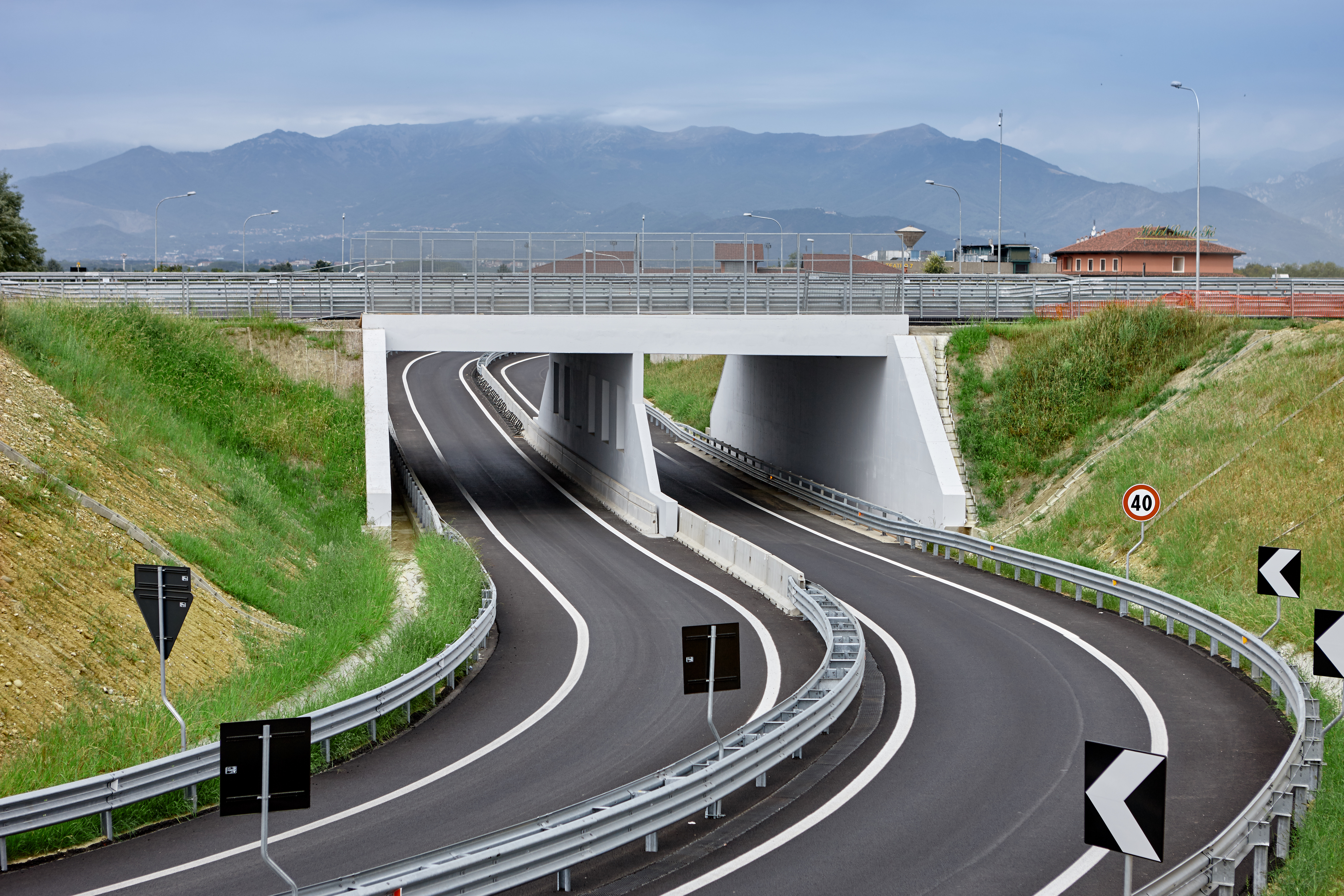
A5 Motorway Underpass, Italy. For construction of the underpass, the contractor used the ‘jacking’ technique which means, the entire structure of the underpass was built outside the motorway, and then pushed by hydraulic jacks on a temporary slab to the designated spot.
HeidelbergCement

A5 Motorway Underpass, Italy. For construction of the underpass, the contractor used the ‘jacking’ technique which means, the entire structure of the underpass was built outside the motorway, and then pushed by hydraulic jacks on a temporary slab to the designated spot.
HeidelbergCement
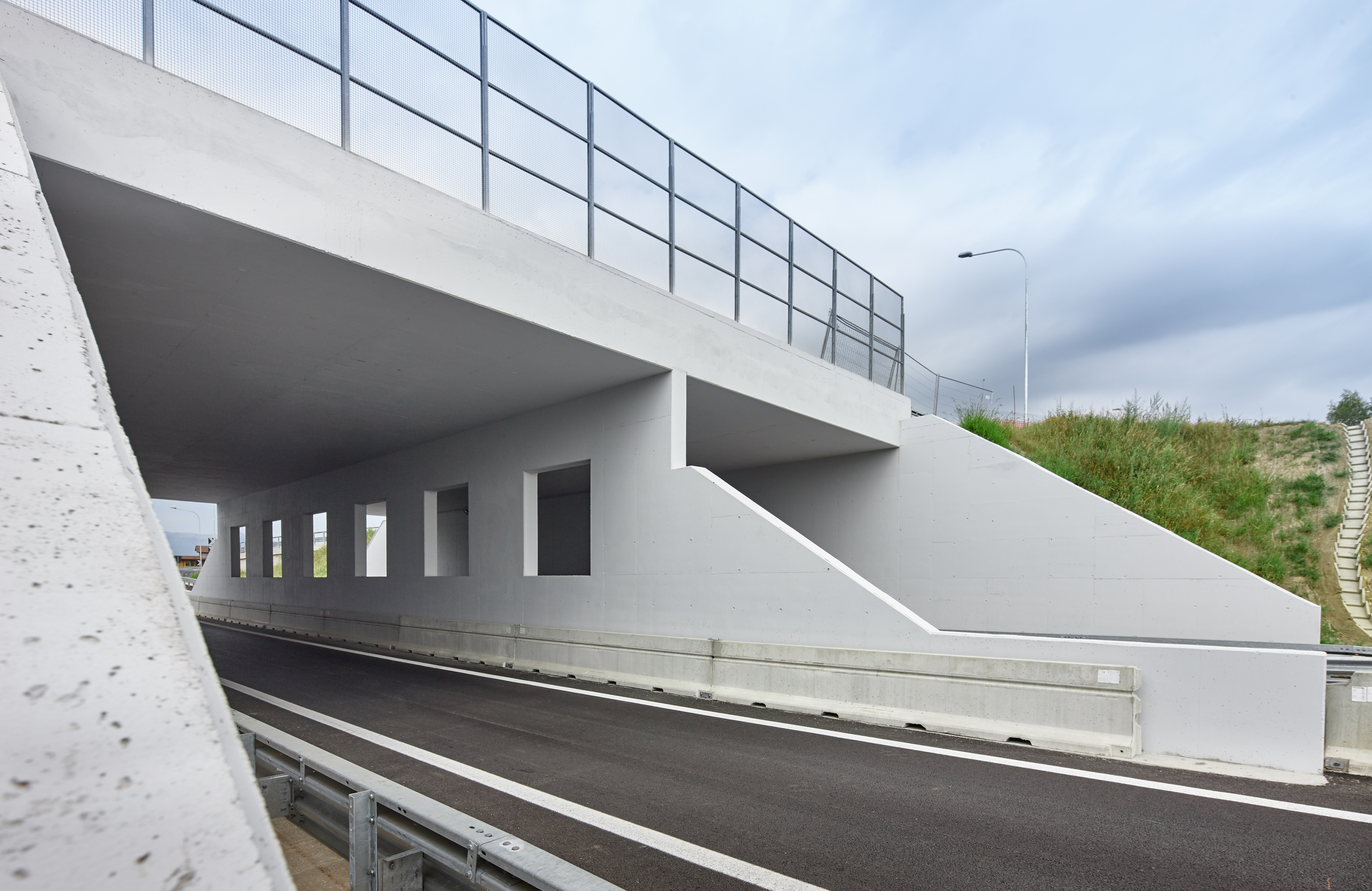
A5 Motorway Underpass, Italy. For construction of the underpass, the contractor used the ‘jacking’ technique which means, the entire structure of the underpass was built outside the motorway, and then pushed by hydraulic jacks on a temporary slab to the designated spot.
HeidelbergCement
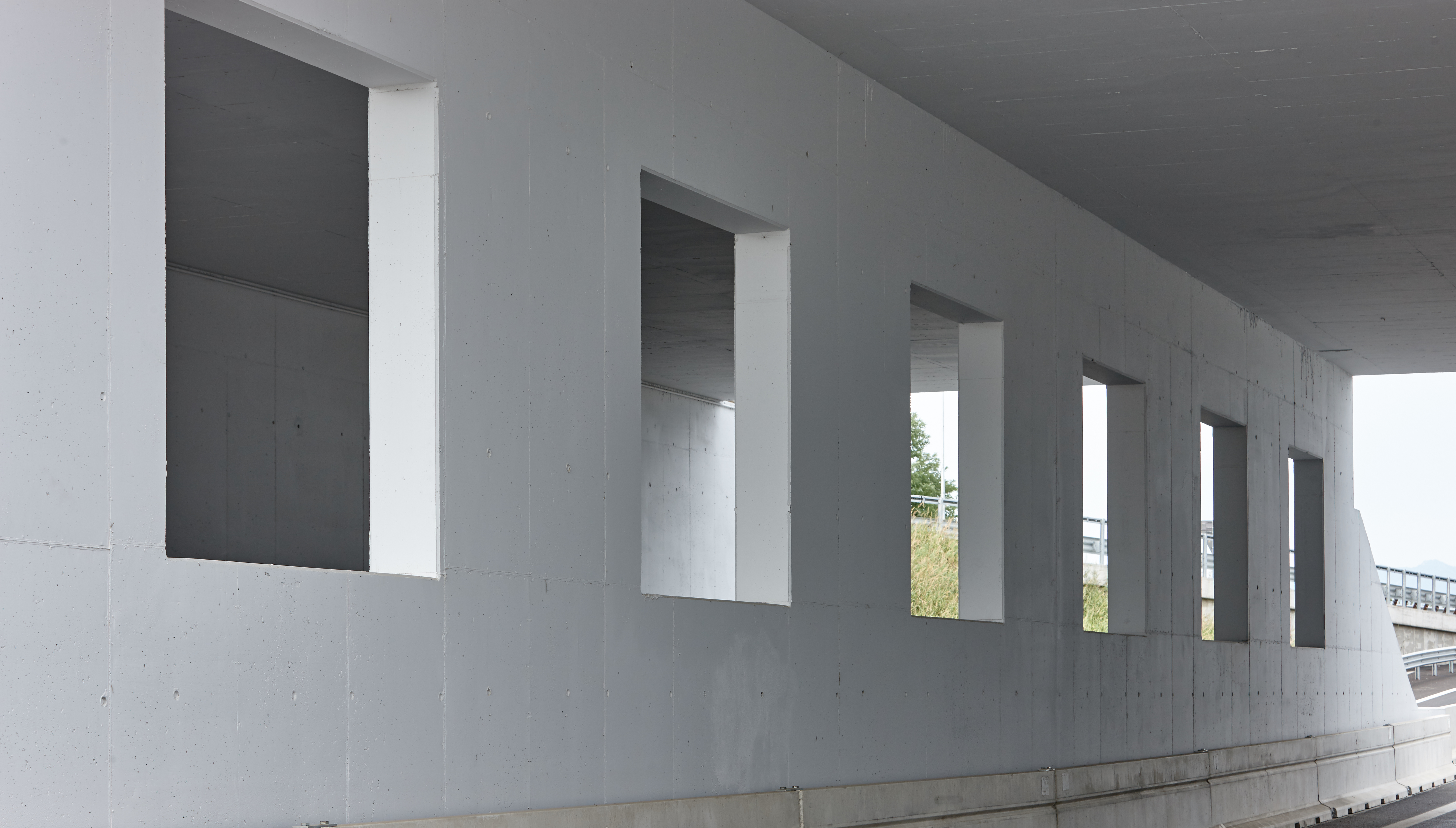
A5 Motorway Underpass, Italy. For construction of the underpass, the contractor used the ‘jacking’ technique which means, the entire structure of the underpass was built outside the motorway, and then pushed by hydraulic jacks on a temporary slab to the designated spot.
HeidelbergCement

A5 Motorway Underpass, Italy. For construction of the underpass, the contractor used the ‘jacking’ technique which means, the entire structure of the underpass was built outside the motorway, and then pushed by hydraulic jacks on a temporary slab to the designated spot.
HeidelbergCement

A5 Motorway Underpass, Italy. For construction of the underpass, the contractor used the ‘jacking’ technique which means, the entire structure of the underpass was built outside the motorway, and then pushed by hydraulic jacks on a temporary slab to the designated spot.
HeidelbergCement
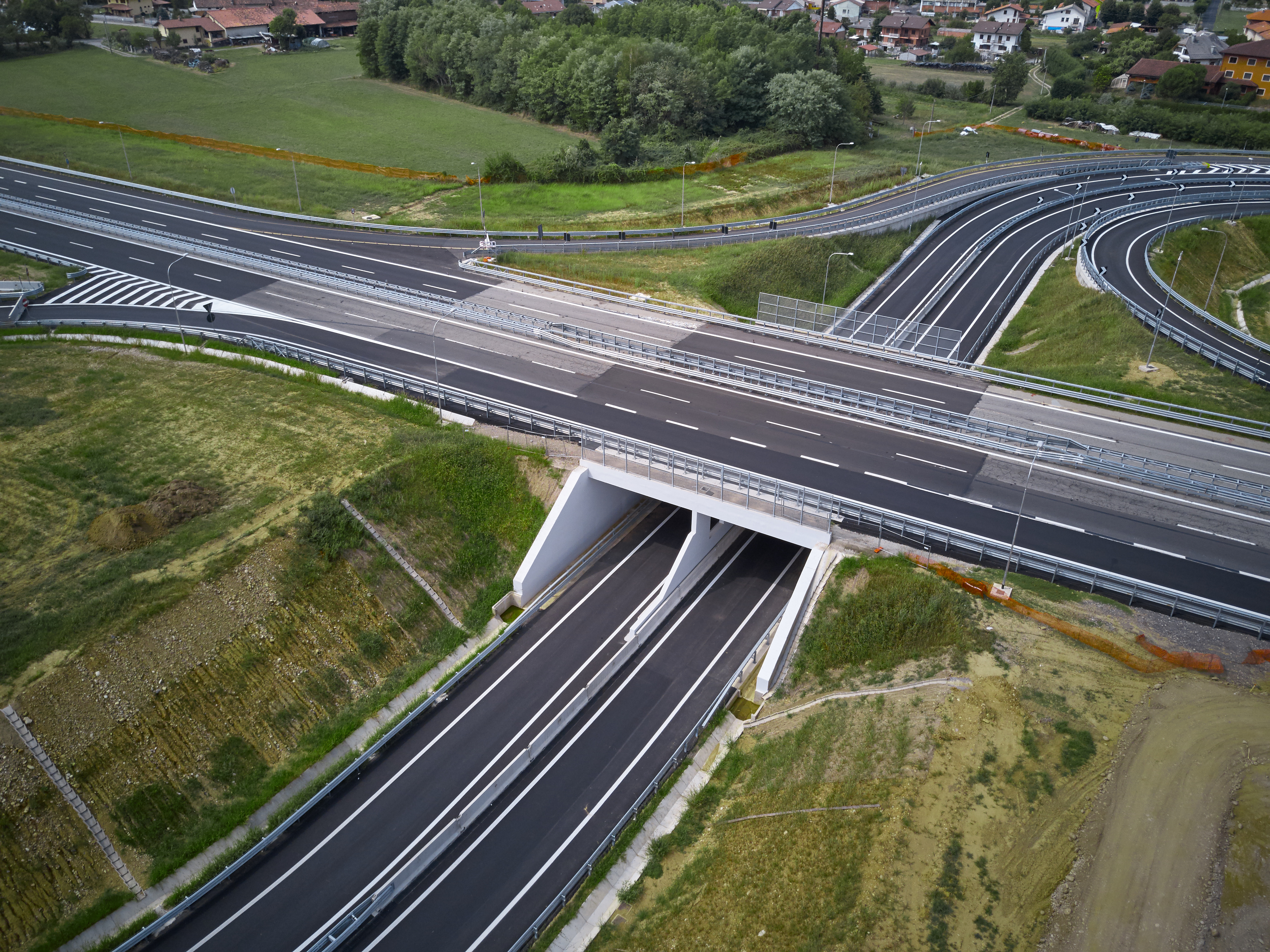
A5 Motorway Underpass, Italy. For construction of the underpass, the contractor used the ‘jacking’ technique which means, the entire structure of the underpass was built outside the motorway, and then pushed by hydraulic jacks on a temporary slab to the designated spot.
HeidelbergCement
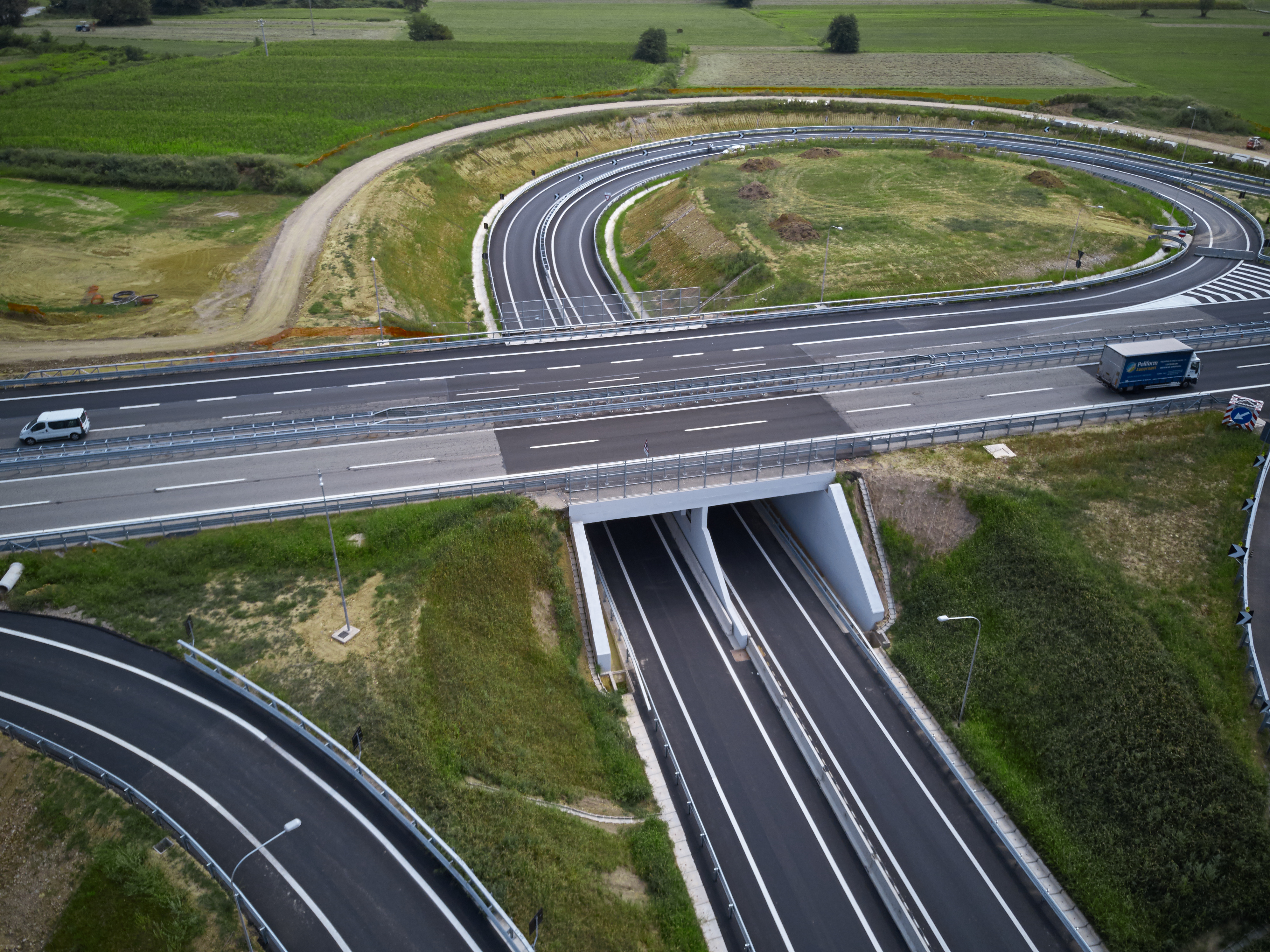
A5 Motorway Underpass, Italy. For construction of the underpass, the contractor used the ‘jacking’ technique which means, the entire structure of the underpass was built outside the motorway, and then pushed by hydraulic jacks on a temporary slab to the designated spot.
HeidelbergCement

A5 Motorway Underpass, Italy. For construction of the underpass, the contractor used the ‘jacking’ technique which means, the entire structure of the underpass was built outside the motorway, and then pushed by hydraulic jacks on a temporary slab to the designated spot.
HeidelbergCement

A5 Motorway Underpass, Italy. For construction of the underpass, the contractor used the ‘jacking’ technique which means, the entire structure of the underpass was built outside the motorway, and then pushed by hydraulic jacks on a temporary slab to the designated spot.
HeidelbergCement

A5 Motorway Underpass, Italy. For construction of the underpass, the contractor used the ‘jacking’ technique which means, the entire structure of the underpass was built outside the motorway, and then pushed by hydraulic jacks on a temporary slab to the designated spot.
HeidelbergCement

A5 Motorway Underpass, Italy. For construction of the underpass, the contractor used the ‘jacking’ technique which means, the entire structure of the underpass was built outside the motorway, and then pushed by hydraulic jacks on a temporary slab to the designated spot.
HeidelbergCement

A5 Motorway Underpass, Italy. For construction of the underpass, the contractor used the ‘jacking’ technique which means, the entire structure of the underpass was built outside the motorway, and then pushed by hydraulic jacks on a temporary slab to the designated spot.
HeidelbergCement

A5 Motorway Underpass, Italy. For construction of the underpass, the contractor used the ‘jacking’ technique which means, the entire structure of the underpass was built outside the motorway, and then pushed by hydraulic jacks on a temporary slab to the designated spot.
HeidelbergCement

A5 Motorway Underpass, Italy. For construction of the underpass, the contractor used the ‘jacking’ technique which means, the entire structure of the underpass was built outside the motorway, and then pushed by hydraulic jacks on a temporary slab to the designated spot.
HeidelbergCement

A5 Motorway Underpass, Italy. For construction of the underpass, the contractor used the ‘jacking’ technique which means, the entire structure of the underpass was built outside the motorway, and then pushed by hydraulic jacks on a temporary slab to the designated spot.
HeidelbergCement
